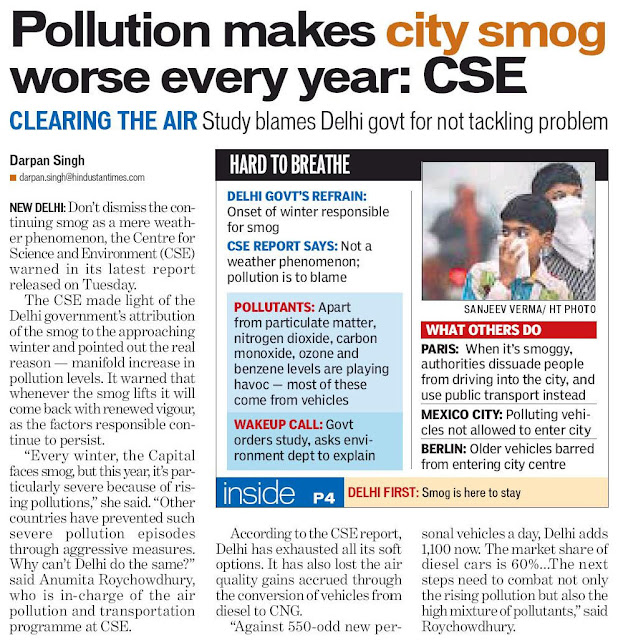Around 160 Roads To Have 3.5-Metre-Wide ‘Disaster Management Lanes’
The 3.5-meter-wide lanes, to be painted blue, will be on the extreme right side of the road. On routine days, the lanes will be open for traffic; however, in case of any disaster a siren will be used to alert people. Following the siren, the lanes will have to be immediately cleared by the public for the use of emergency vehicles like ambulances, PCR vans, fire tenders etc.
The proposal has been prepared by the Delhi Disaster Management Authority (DDMA) as part of Delhi Emergency Management Exercise and already been approved by Delhi chief minister Sheila Dikshit. “We have sent the proposal to the transport department which will notify it and decide the provisions and details of the penalties to be imposed upon the offenders,” said Dharampal, divisional commissioner and principal secretary, DDMA. He also said the department is hoping to get the project in place latest by December-end.
As per the proposal, the 160-odd roads have been picked up from across the city keeping in view parameters like their closeness to important places such as offices of district and sub-divisional commissioners, fire stations, hospitals, etc. Each district was asked to give details about important routes on their arterial roads.
To create awareness on the proposal, DDMA has roped in cricketer Virender Sehwag who would be heard on all FM channels promoting the project. “It has been noticed that during disasters, emergency services fail to reach the spot on time as people lack sensitivity towards making way for them. One of the main aims of the project is to sensitize and educate people on the subject,” said Dharampal.
The proposal was prepared in discussion with National Disaster Management Authority of India and other stakeholders like fire and health departments. To check the feasibility of the project, DDMA plans to hold mock drills soon after its
implementation. “Mock drill will help us check the shortcomings and will also prepare the public for future,” said a senior government officer.
Source: TOI (Pg5, 27 Nov 2012)



























